Why do we eat ‘lucky’ black-eyed peas? In 1937, a Texan sold the idea to FDR and America
- Oops!Something went wrong.Please try again later.
It took Texas to make America swallow the idea of lucky New Year’s black-eyed peas.
More than 85 years ago, in 1937, an East Texas promoter put the first national marketing campaign behind what until then had been a Black and southern U.S. custom.
In only five years, sales doubled. President Franklin D. Roosevelt and radio star Kate Smith talked about eating their lucky black-eyed peas, and Elmore Torn of the Longview-based East Texas Chamber of Commerce was on his way to fame as founder of the Black-Eyed Pea Appreciation Society.
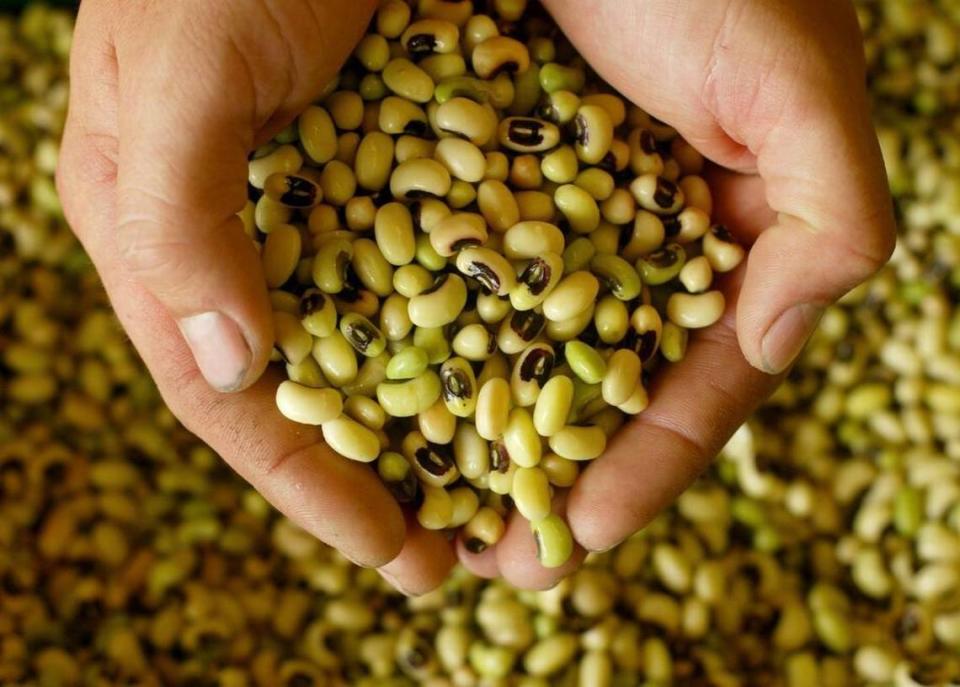
By the time he died in 1964, retailers credited Torn with a revival that took black-eyed peas from southern “hillbilly food” to New York hotel tables and the Neiman Marcus catalog.
Yet the headline on his obituary described him only as “Actor’s Father.” A son is the late Texas actor Rip Torn, and a niece is actor Sissy Spacek.
In a 1940s profile, the now-gone Fort Worth Press wrote: “He doesn’t have a pea patch, never did and isn’t a pea picker. Yet he has become the nation’s No. 1 pea plugger.”

The Dallas Morning News quoted former Texas Agriculture Commissioner Reagan Brown: “It was the greatest farm marketing gimmick ever thought of.”
African origin, promoted in Texas
The tradition of eating lucky legumes for New Year’s dates back to their arrival from Africa and Black slave traditions.
The way white Southerners usually told the story, invading Union Army troops during the Civil War ate most crops but left behind black-eyed peas.
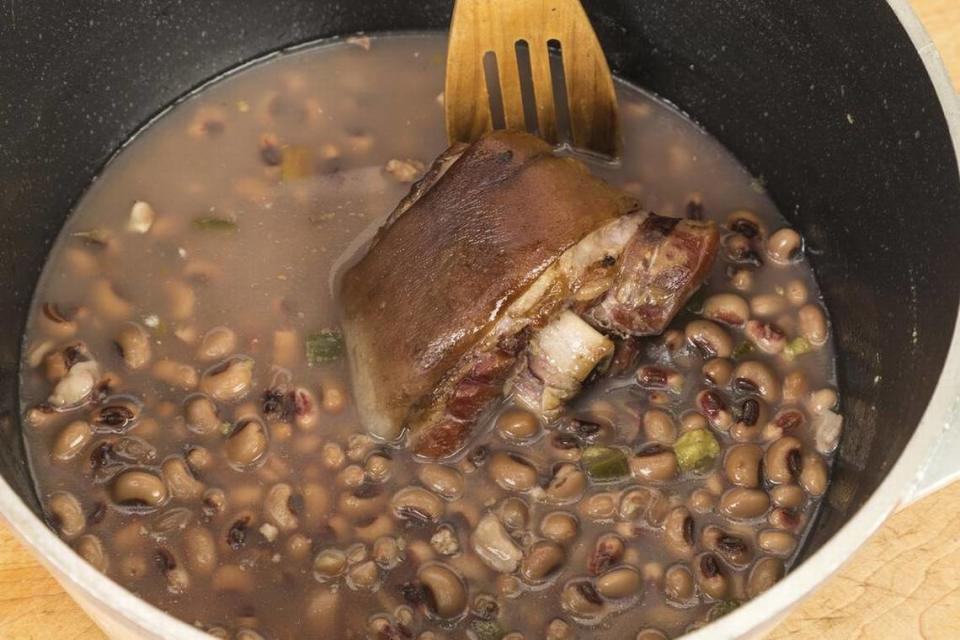
“It’s definitely African in origin,” said Texas Christian University history professor Rebecca Sharpless, a scholar on American food history.
President Thomas Jefferson grew black-eyed peas at Monticello that he had brought from France, and leading agricultural scientist George Washington Carver promoted growing them as a way to replenish soil nutrients.
Southern slave cooks shared recipes for black-eyed peas and a related dish, hoppin’ john, Sharpless said.
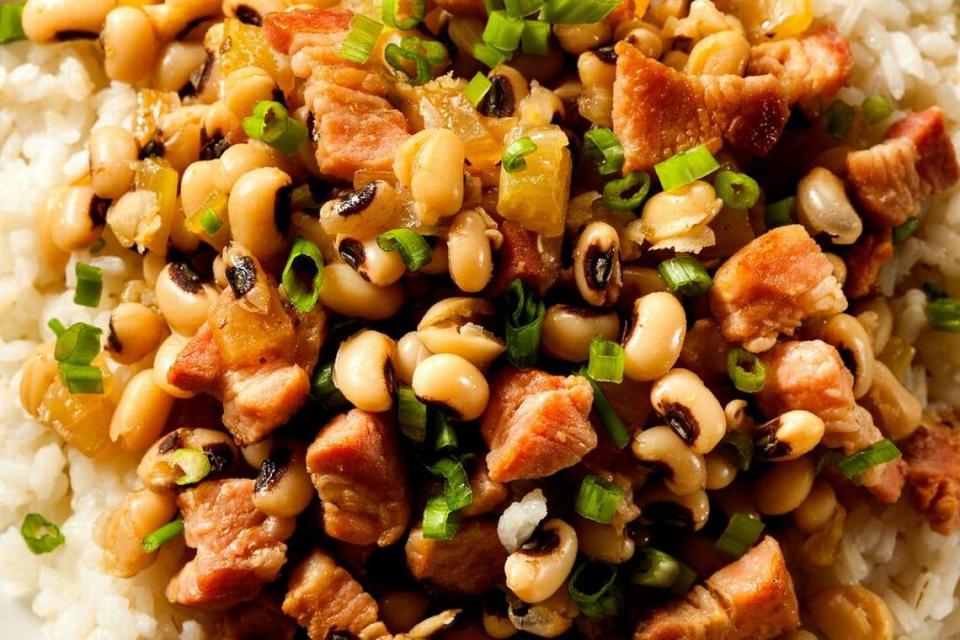
“We wish we could find someone’s diary saying, ‘I learned about black-eyed peas today,’ ” but that’s how it must have happened,” she said.
“Southern food is fusion food. It’s European, and it’s African. Cooking peas with fat pork is something both Anglos and African-Americans did.”
1937: When black-eyed peas went global
But not until 1937 did East Texas farmers seize the idea of commercially promoting black-eyed peas.
Torn and the East Texas Chamber of Commerce launched the first Black-eyed Pea Festival in Athens and sent celebrities and reporters a small can with a story about how peas were not only lucky, but offered a noble dish of humility every table needed.
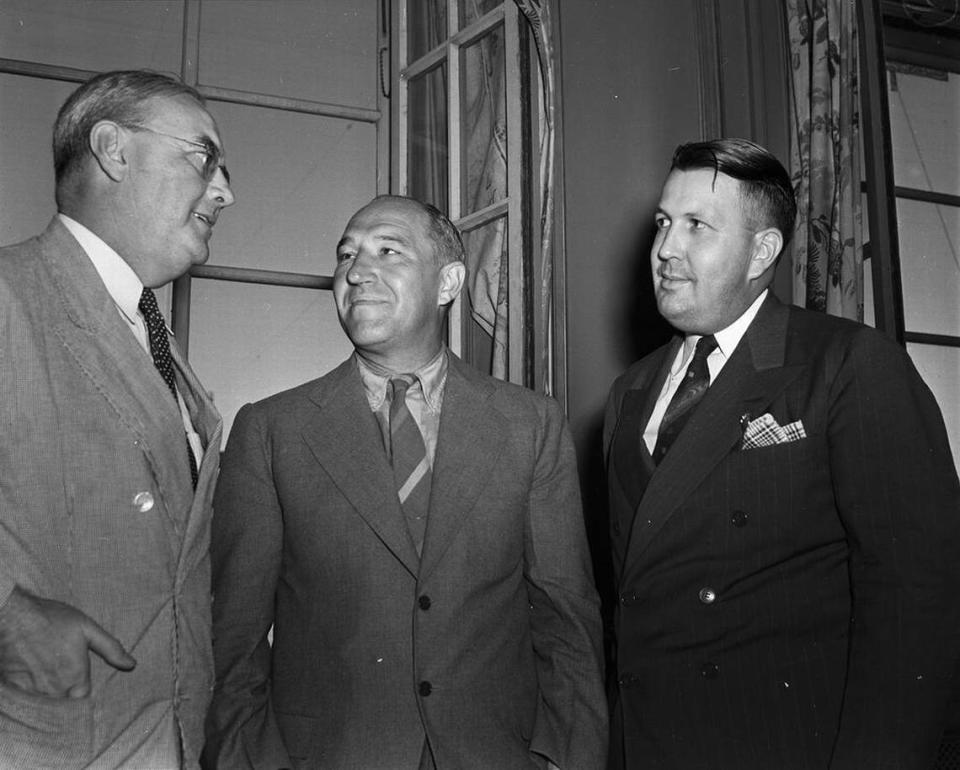
During World War II, he sent peas to Roosevelt and British Prime Minister Winston Churchill with a letter describing the peas as an example of America’s fighting spirit: “We want to affirm our resolve to the fight for the right of freedom to live on forever.”
Growers in the East Texas town of Lindale reported that the demand for black-eyed peas had doubled and tripled.
By 1943, the Dallas Morning News reported: “Black-eyed pea sales have soared … Some [grocers] say as many as 75 percent of their customers are buying them.”
East Texas cities such as Athens and Centerville began promoting black-eyed pea events. In Paris, near the Red River, a full-page ad beckoned farmers to “Grow Black-Eyed Peas and Purple Hull Peas For the Future.”
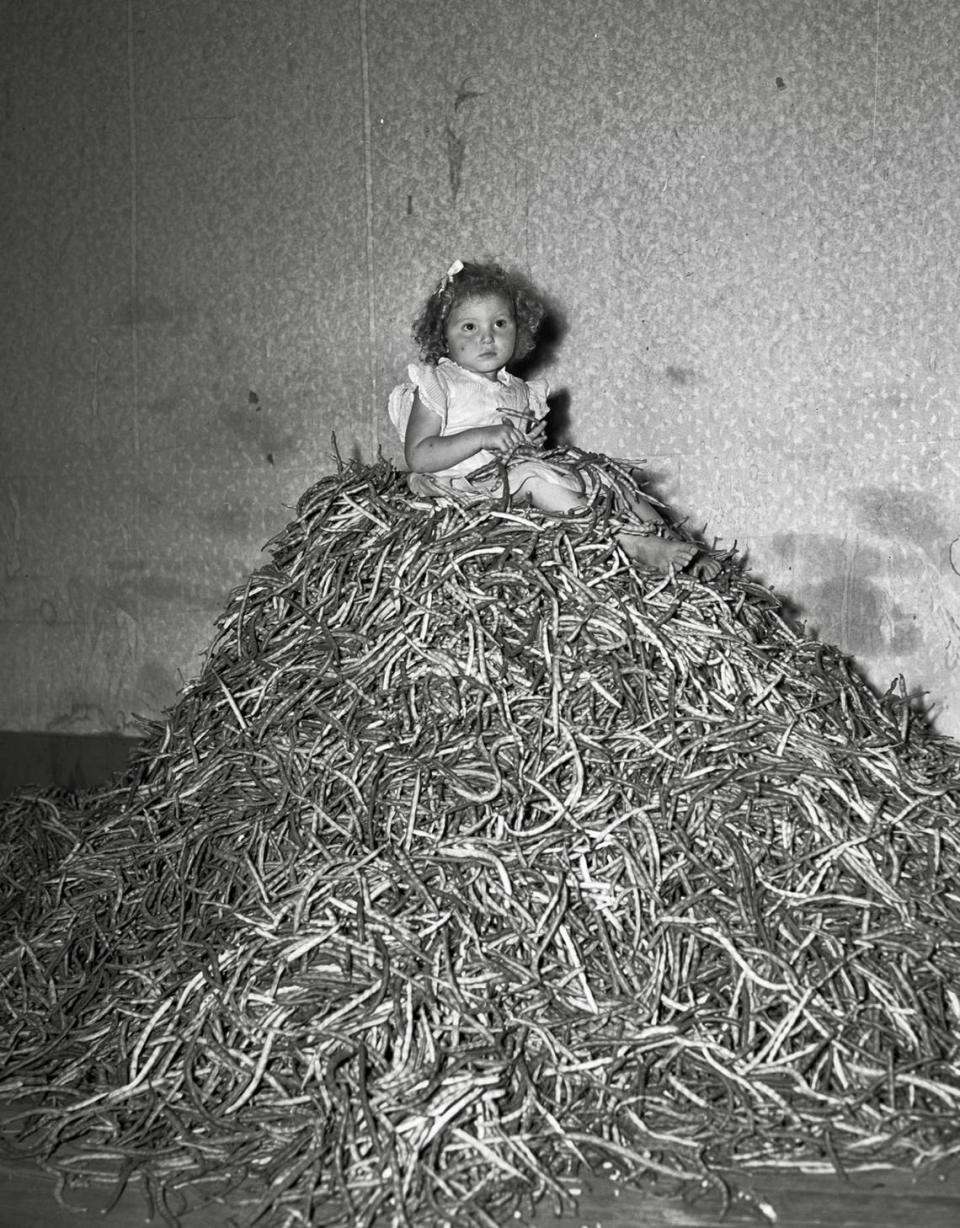
A sign of humility
Torn enlisted help from experts. University of Texas folklorist and dean of women Ruby Terrill Lomax said southerners believe “persons who ate black-eyed peas, a cheap and humble food, showed their humility and saved themselves from danger of wrath from the heavens because of any vanity they might have.”
East Texas oil wildcatters Clint Murchison and Sid Richardson, uncle of Fort Worth’s Bass family, were reported to eat black-eyed peas and quail for breakfast.
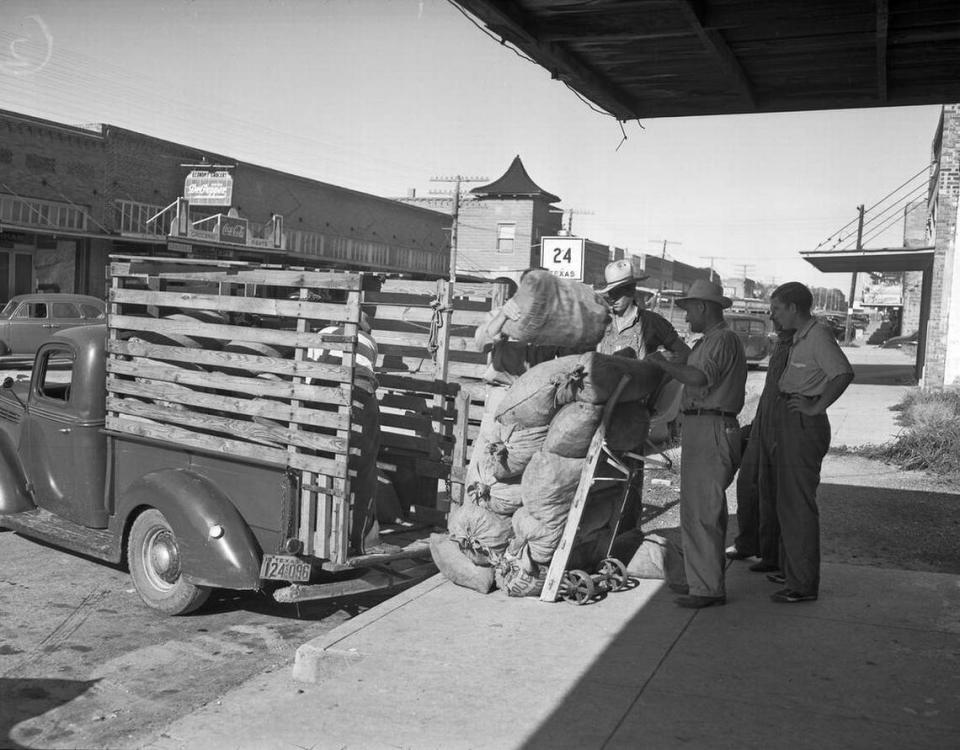
One magazine reporter profiling Richardson on a Las Vegas trip wrote: “He told me about the good luck qualities of the black-eyed pea. After breakfast we went to the gaming tables in our hotel. … He won about $10,000.”
Torn moved from Longview to Taylor later in life, but still promoted the pea appreciation society and its 1-cent memberships.
In the 1960s, the Dallas News’ legendary Texas columnist Frank X. Tolbert, a former Star-Telegram sportswriter, wrote: “Black-eyed pea farmers from California to Texas should revere Torn, for he was largely responsible for reviving worldwide an ancient superstition that it is lucky to eat black-eyed peas.”
It was definitely lucky for Texas.

